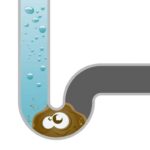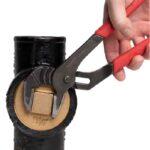A bathtub drains to the sewer or septic tank through a system of drainpipes that are connected to vent pipes, which expel sewer gases out the roof. A bathtub has a “trap”—a U-shaped pipe that contains water in order to block sewer gases from entering your home.
To Clear a Bathtub Drain:
- Figure out where the blockage is occurring, as explained below.
- Remove the pop-up
- Try to clear hair from the drain with the small hook bent into the end of a coat hanger
- Plunge the drain
- As a last resort, use caustic drain cleaner
In Greater Detail:
If the bathtub drain is backing up or blocked, check all the toilets, sinks, and other fixtures in the house to see if they’re also draining poorly. If other fixtures are backed up, the blockage is probably beyond where they join a branch line. (For more about the drain-waste-vent system, see Drain, Waste, and Vent (DWV) System.
Backups at lower points in the system—or throughout the entire system—usually mean that the main stack or sewer line is clogged. To remedy this situation, it’s usually wisest to call in a plumber.
If only the bathtub is clogged, the stoppage is usually located in its trap or branch drain. Try to clear out a hair blockage in a tub drain with the help of a straightened coat hanger with a small hook at one end. Remove and clean the pop-up as hair and debris often collect around this assembly (see Repair Bathtub Pop-Up Stopper).
The next thing to try is breaking up the clog by plunging the drain with a flat drain plunger—but don’t do this after using caustic drain cleaner—be sure the cleaner has fully drained down through the pipes.
A plunger always works better if you put enough water into the fixture to cover the plunger. To plunge a tub, first remove the pop-up. Stuff a rag into a plastic bag, and use this to plug the overflow hole.
Fill the tub with enough water to cover the plunger’s flat rubber cup. Plunge steadily up and down 15 or 20 times and intersperse a few powerful pushes. Keep the plunger tightly sealed against the fixture. (A plunger doesn’t usually work on shower drains, but it’s worth a try if your shower is clogged; be sure the water level covers the plunger.)
If a drain is simply moving slowly, you can use a chemical drain cleaner, but beware—the caustic nature of most drain cleaners can damage certain kinds of pipes and upset the delicate chemical balance of a septic system. And, if the drain becomes fully clogged, the caustic solution can back up into a fixture, making it hazardous to plunge the drain.



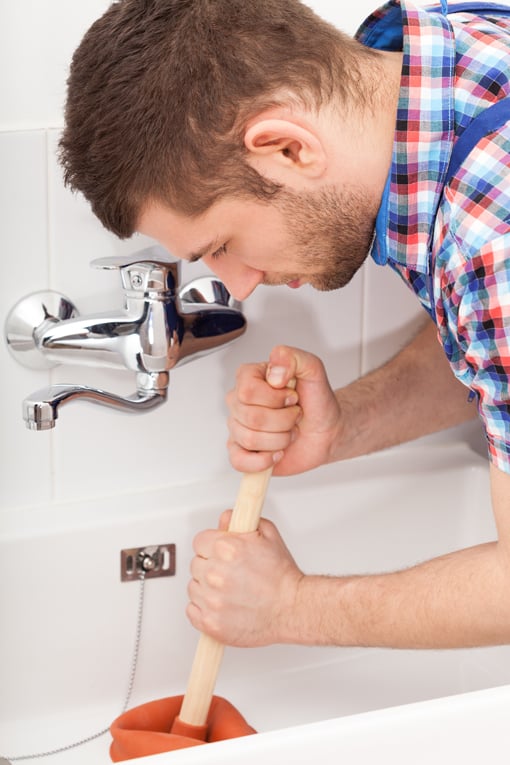

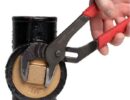
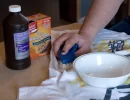
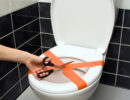
 Don Vandervort writes or edits every article at HomeTips. Don has:
Don Vandervort writes or edits every article at HomeTips. Don has:


